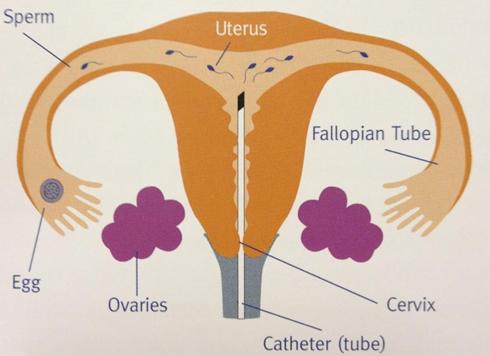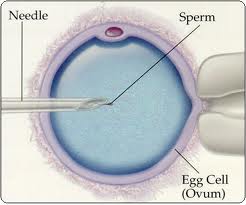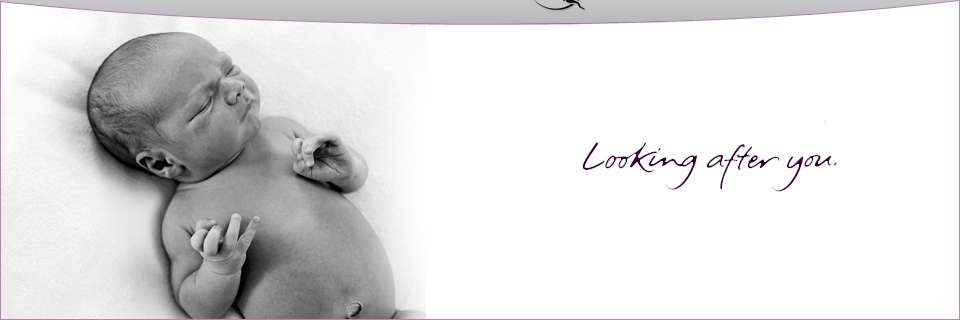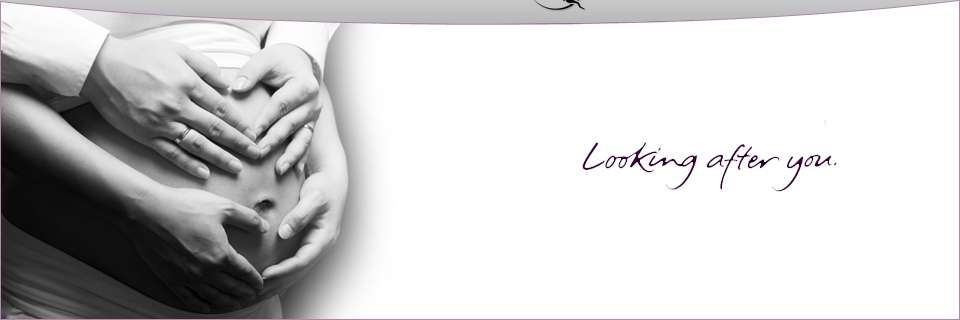IUI
 Intrauterine insemination (IUI) is process whereby sperm are artificially placed in the uterus with the help of a catheter. This procedure helps to ensure that more sperm are available and able to access a woman’s egg, thereby aiding fertilisation and conception. Intrauterine insemination (IUI) is process whereby sperm are artificially placed in the uterus with the help of a catheter. This procedure helps to ensure that more sperm are available and able to access a woman’s egg, thereby aiding fertilisation and conception.
In general, artificial insemination is used when:
-
A woman’s cervical mucus is scant or hostile to sperm. Through IUI, sperm directly reaches the uterus, bypassing the cervix and the cervical mucus.
-
The man has a low sperm count, though the sperm should be healthy.
-
Male infertility due to antibodies to his own sperm. Sperm not damaged by the antibodies will be separated and used in the IUI process.
-
Ejaculation issues due to vaginal muscle contractions or psychological problems.
-
Retrograde ejaculation, a condition where the semen goes back into the bladder rather than being expelled from the body.
-
Couples who cannot naturally have intercourse due to disability, injury or premature ejaculation.
-
Single women / same sex couples.
In the process of IUI the fertilisation of the egg and sperm occurs naturally. For this reason, both partners must meet certain criteria in order to have the best chances at success with IUI. (Including open fallopian tubes, a normal uterine/ womb cavity, Sperm suitability in terms of sperm count, movement of sperm, shape / morphology of sperm)
Intrauterine insemination can be performed with or without the use of fertility drugs. However, using fertility drugs do increase the number of eggs your body matures and therefore increases the likelihood of conception. On the other hand, your risk of a multiple pregnancy is also increased.
The possibility of conception is 10% to 20% provided the sperm count is good. The woman’s age is also a deciding factor on the success rate, since advanced maternal age results in fewer follicles maturing into eggs.
IVF / ICSI / IVM / IMSI
In vitro fertilisation (IVF) is a process by which egg cells are fertilised by sperm outside the body.
IVF is a major treatment in infertility when other methods of assisted reproductive technology have failed or women have blocked tubes. The process involves hormonally controlling the ovulatory process, removing ova (eggs) from the woman's ovaries and letting sperm fertilise them in a fluid medium. Three to five days later, the fertilised egg (zygote/embryo) is then transferred to the women’s uterus (womb) with the intent to establish a successful pregnancy. Extra embryos may be frozen for future IVF attempts.
The first successful birth of a "test tube baby", Louise Brown, occurred in 1978.
Read An Article About IVF by Miss Akbar here
ICSI 
For men with abnormal sperm or couples who had previous IVF failures, an additional procedure, called intracytoplasmic sperm injection, allows for a sperm to be injected directly into a mature egg to assist fertilization. Three to five days later, the fertilized eggs, now called embryos, are injected into the woman's uterus /womb using a catheter. If implantation occurs, there will be a pregnancy. Extra embryos may be frozen for future IVF attempts
IMSI
IMSI stands for intracytoplasmic morphologically-selected sperm injection. It's an assisted reproduction technology inspired by ICSI (intracytoplasmic sperm injection), which was developed in the 1990s. IMSI first became available in 2004. Both ICSI and IMSI are used to increase the chances of fertilization during the IVF procedure. By injecting a sperm cell directly into each of the selected eggs retrieved from the female partner's ovaries.
IVM
New technique called in vitro maturation, or IVM. First attempted at the Oxford Fertility Clinic in the UK, IVM is considered a lower-risk alternative to IVF. Its first trial resulted in healthy twins.
IVM versus IVF
In vitro maturation is similar to in vitro fertilization, with one important difference: the eggs don't need to be fully mature before they are harvested. Traditional IVF requires the eggs to mature before they are removed from the ovaries. This maturation is accomplished with the use of hormonal drugs which can cause significant side effects and discomfort.
IVM allows the egg cells to mature after collection. Kept safe in a laboratory setting, the egg cells are fertilized after 48 hours of maturation. Three to five days later, the fertilized embryos are implanted into the women’s uterus/womb.
It may be the best choice for women with polycystic ovary syndrome (PCOS), blocked fallopian tubes, or unexplained infertility. Because IVM doesn't require hormone therapy, it is a safe choice for women who might otherwise be susceptible to ovarian hyperstimulation syndrome.
Click here to view where you can have treatment
Click here to read the IVF treatment plan. |









